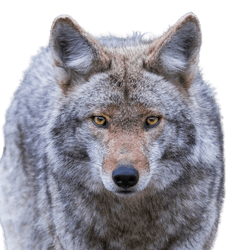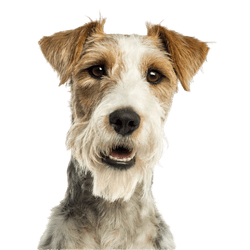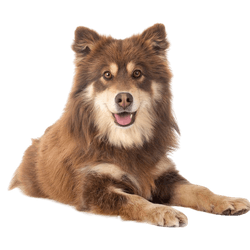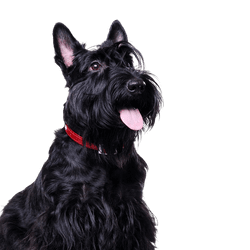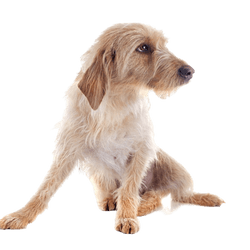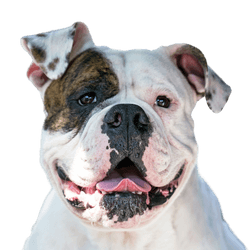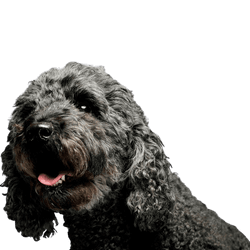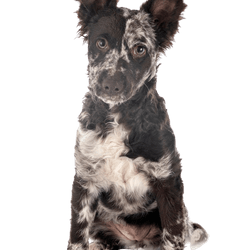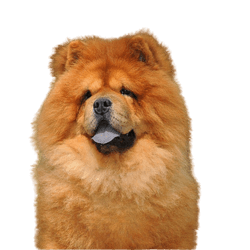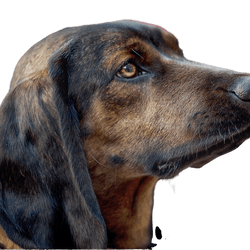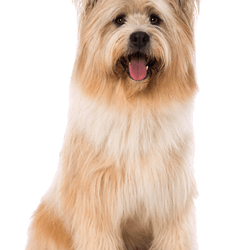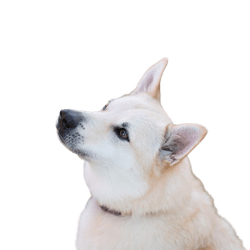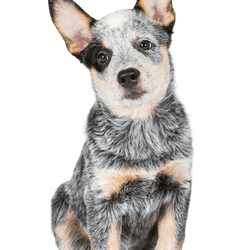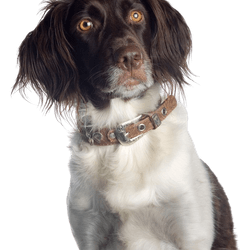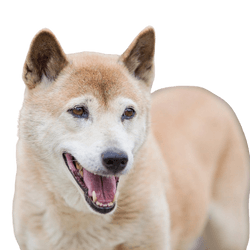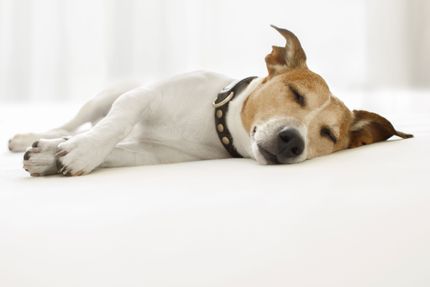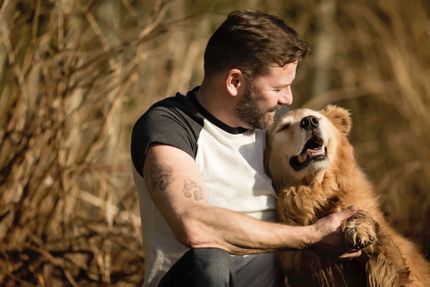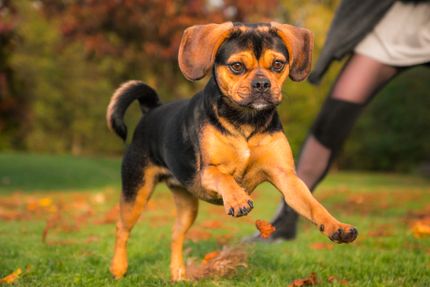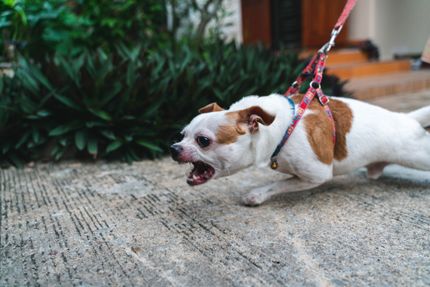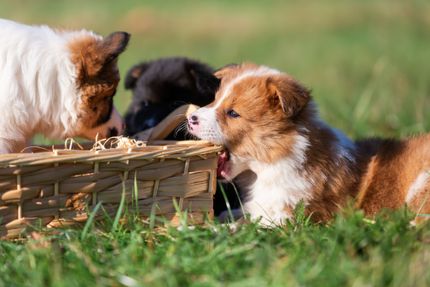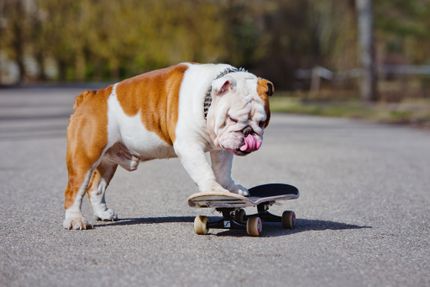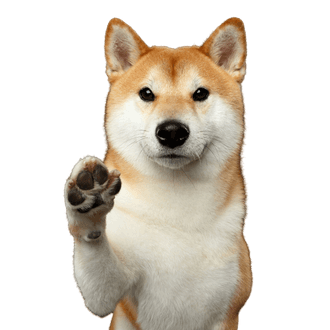
Shiba Inu Breed description: Character & Co
Shiba Inu
Facts & Origin
A particularly ancient, yet in Europe still rather unknown dog breed is the Shiba Inu. Since this pretty dog is a primeval dog that is very self-confident, its keeping is not always easy. With a consequent guidance of its master though, the bright Shiba can be instructed well. It is not recommendable for first-time dog owners.
Where does the Shiba Inu get its name from?
You can find three different explanations for this. One believe is that the name Shiba is derived from the name Shiba-Aka, which describes the brownish-red tone of its fur. It is also possible that the name of the Japanese dog is associated with the character Shiba, which means small. The name of the province of Nagano, Shiba Mura, could also have given the mini dog its name. The additional name Inu or Ken simply means dog, so Shiba Inu translates as "small dog".
Origin of this breed
The origin of the Shiba lies in Japan. Back in the days, this dog was still a little smaller and its legs were rather short. It was used as a yard dog or hunting dog. Until about 1930 the small cute dog breed was almost extinct. After that, new efforts were made to revive the breed and its survival ensured by the start of a new breeding. Targeted breeding led to the fact that in 1934 there were official standards introduced for this little Japanese dog breed, which are described in detail here. In 1937 the Japanese also granted this breed the status of being a national nature-monument. Genetically the Shiba is very close to the wolf, which you can still clearly see in their appearance.
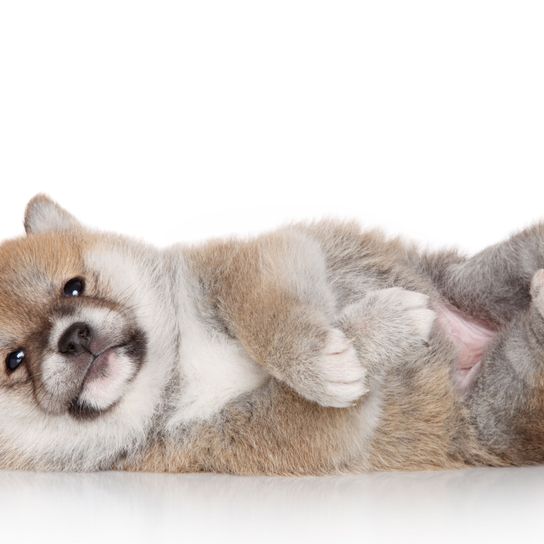
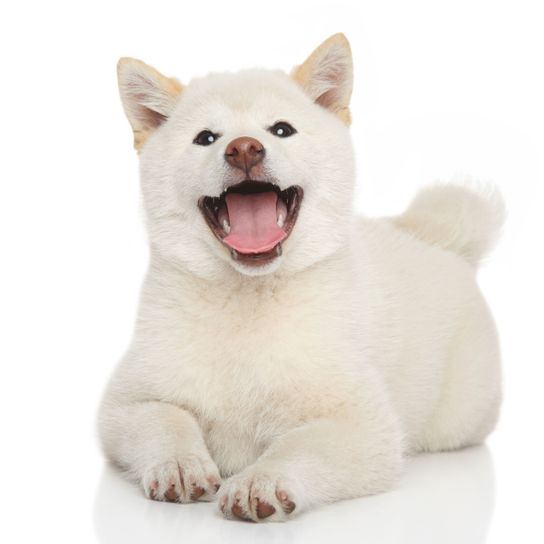
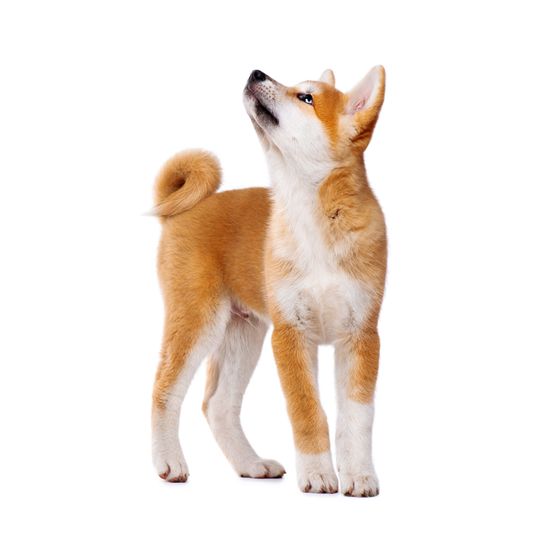

| Alternate Name | Shiba |
| Origin | Japan |
| Life expectancy | 12 - 15 years |
| Care requirements | low-maintenance |
| Activity level | average |
| FCI group | Asian Spitz and related breeds |
| AKC group | non-sporting group |
| KC group | utility group |
Shiba Inu mixes
Attitude, character and temperament of the breed
The Shiba Inu as a companion dog
The Shiba makes for a reliable companion dog. It was used as a hunting dog in the past, when it had shorter legs, mainly for the hunting of small game. Due to its versatile characteristics it is also a reliable guard dog, which will vigorously defend its home and family. It is very resistant and is therefore easily capable to survive a few days on its own. However, this doesn't make it a stray dog.
The Shiba is not a list dog, partly because it is still pretty unknown in Europe.
Shiba Inu's Characteristics
If you want to buy a Shiba Inu, you should definitely familiarise yourself with its character traits.
In addition to positive traits such as
- Loyalty
- Intelligence
- Ability to concentrate
- Perceptiveness
- Joie de Vivre
- Ability to form a bond and
- Balance
its stubbornness and self-confidence are a big hurdle for many dog lovers. Often the animals end up in shelters because their owners cannot cope with such a strong personality. If you have a firm hand and the animal is well educated though, the Shiba will always be a loyal and reliable companion to you.
The special thing about the Shiba
Shibas, as long as they have learned to subordinate themselves, are very easy to care for. A Shiba Inu puppy is easier to train than an animal that has already reached teenage years. The Shiba doesn't bark a lot and is therefore also perfectly suited for being kept in an apartment.
Character
Usage
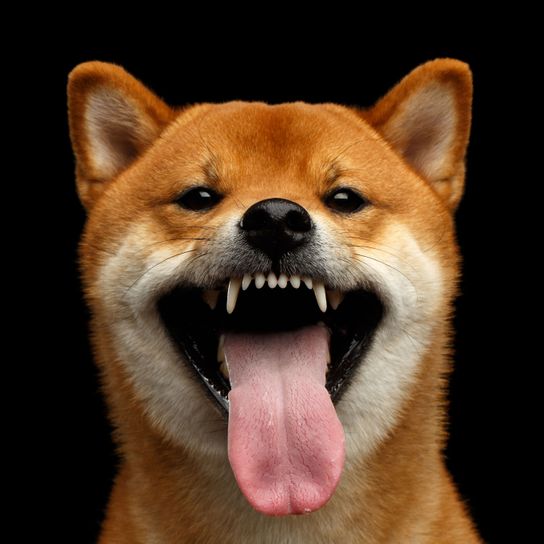

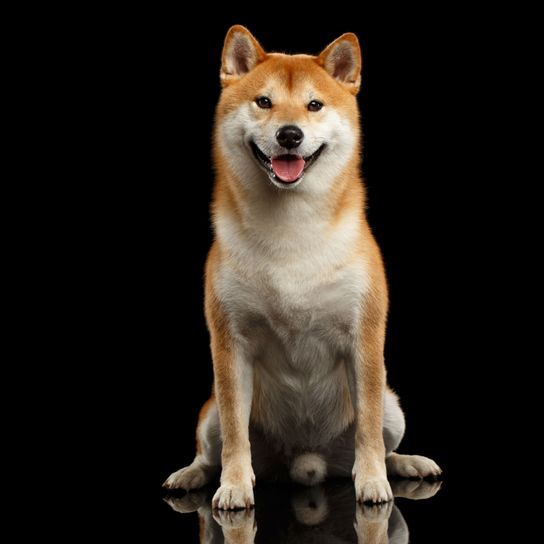
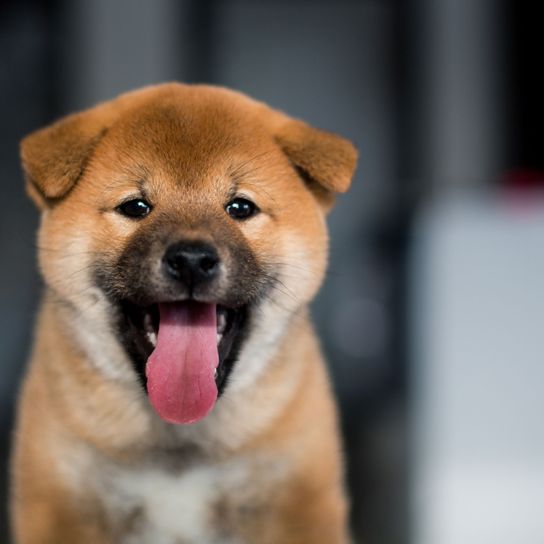

Health and breeding information
Not like for other breeds, there are not any typical diseases existing for this type of dog.
Interesting facts about Shiba Inu breeding?
To be able to breed Shiba Inus, you need to have a lot of knowledge, which is why you should seek professional advice.
This you can find here, for example:
A Shiba Inu puppy costs about 1500 Euro.
The breeds that come from the USA to Europe are mostly bigger and more muscular than the breeds that are available in Japan and Europe. Predefined breeding guidelines must be observed.


The breed characteristics of the Shiba Inu
The Shiba Inu is classified in the FCI group 5 (point and primitive type dogs). The Asian Spitz, of which group of dog the Shiba is a part of, has a medium long top coat, which stands off a little. Due to its dense undercoat, the dog must be brushed often during the period of coat change. Its small standing ears round off the face, which reminds of a soft animal toy, perfectly. The tail is usually curled up and is carried over its back. You wouldn't quite expect the extraordinary ability to jump and their muscular body from such an adorable little dog.
The appearance of the Shiba Inu
Their coat is of medium length, not soft but with a dense undercoat. In colour there are many differences. The following colours can be found:
- Red
- Black and brown
- Sesame
The latter can also be mixed with red or black tones. You can recognise a pure breed by the fact that
- on the side of its snout
- around the jaw
- underneath its snout
- at the front of the neck
- above its chest
- on the belly
- on the lower end of the tail
- and on the inside of the legs
they have white fur.
Their skull is broad with an elongated muzzle and small, pointed, standing ears. Their physical proportions fit together perfectly. They carry their tail curled up on their backs.
The height of the male is about 40 centimetres, the female is on average three to five centimetres smaller. The Shiba weighs between nine and thirteen kilograms.
Since the Shiba Inu is a very robust dog, a life expectancy of 12 to 15 years is not unusual.
Often the Shiba is confused with the Akita Inu or even called Mini Akita. Also the Shiba Inus are often mistaken for young animals, since Akitas are much bigger! Shibas are also often regarded as dogs similar to the fox, because of their red colour and tail.
| Fur length | medium |
| Fur | - |
| Ear shape | Standing Ears |
| Tail | rolled up |
| Anatomy | rugged, hefty |
| Size ♀ | 33 - 41 cm |
| Weight ♀ | 6 - 9 kg |
| Size ♂ | 35 - 43 cm |
| Weight ♂ | 8 - 11 kg |
| Suitable For | Seniors |
Colors

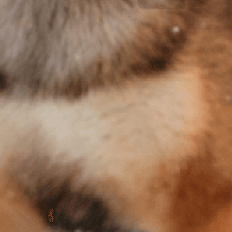
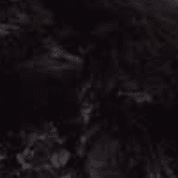

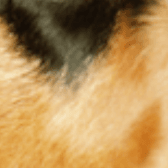
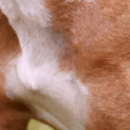

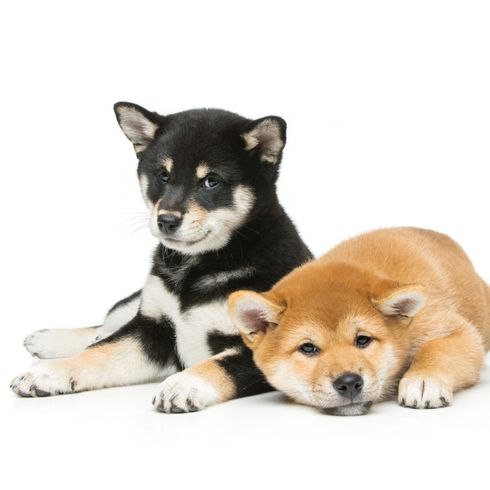
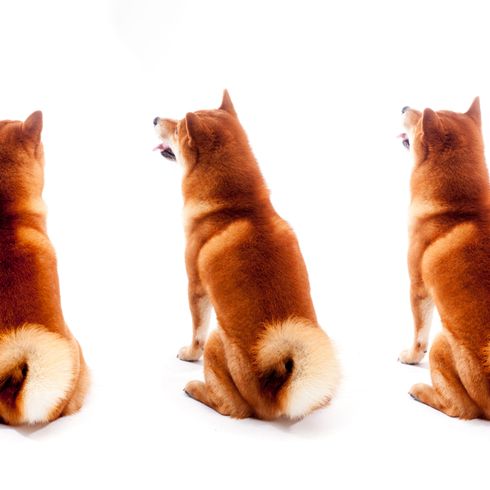
FAQ
-
A Shiba costs about 2500 Euro. You can get mixed breeds much cheaper, but a purebred dog from a good and serious breeding costs its money.
-
Yes, in principle the Shiba can be kept as a family dog or companion dog. However, the Shiba Inu does not necessarily need many people around him.
-
A puppy should get about 100 grams of dry food per day. Ask your breeder for the exact ration.
-
A Shiba needs an average amount of exercise and will be happy if you take him for a walk or run for 2 hours a day. In addition, like many other dog breeds, he needs a mental workout. This includes intelligence toys for the home or search games indoors and outdoors.
Sources and relevant links
Offizielle Seite des FCI
Accessed on 25.01.2023
Horst Hegewald-Kawich (2015). Hunderassen von A bis Z: Über 200 beliebte Rassen aus aller Welt. Gräfe und Unzer Verlag.
Gabriele Lehari (2004). Ulmers Großes Lexikon der Hunderassen. Ulmer.
VDH.de
Accessed on 25.01.2023
American Kennel Club
Accessed on 25.01.2023
Other medium dogs
Useful Articles
You can find articles that might interest you in the dogbible blog to match your favorite breed.
Visit our magazineto stay up to date on dog trends.
To find out more, view our Privacy Policy
Find here the breed that suits you and find out what character traits it has. Here you can also learn more about the origin, size and weight of your favorite breeds.
Matching your favorite breed, you'll find articles that might interest you on the dogbible dog blog.
Roller skating or skateboarding with the dog
10 hotspots for hiking with dog in Austria
Celebrity dog - which breed belongs to which celebrity
5 tips to prevent joint problems in dogs
Real Nature dog food - experience review and is it really that good?





